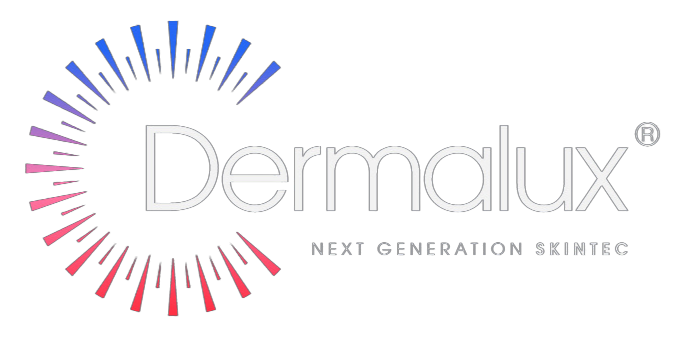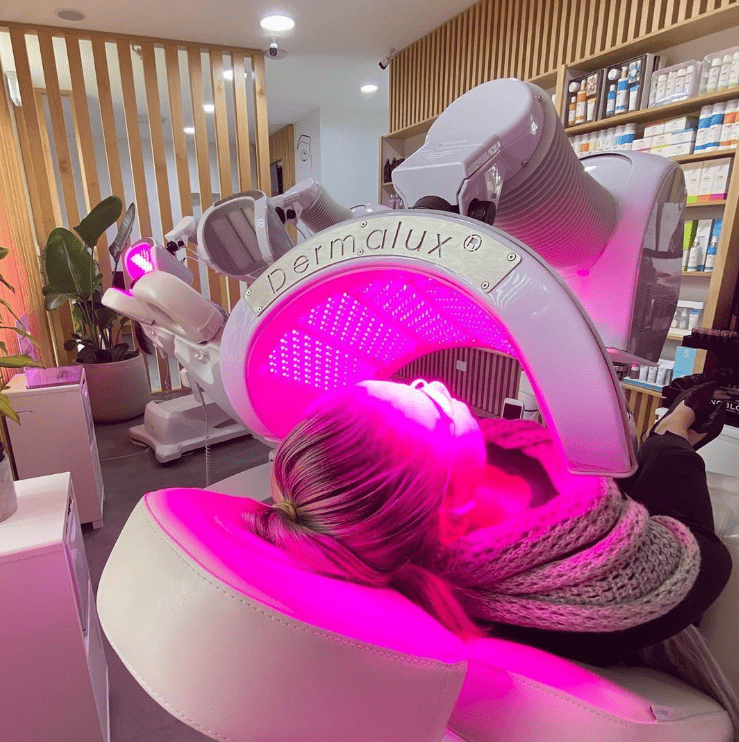How Effective is Red Light Therapy?
Since the early 1990s red light therapy has been widely used, with scientists first using it to stimulate plant growth in space as the LEDs worked to promote the photosynthesis of plant cells. Fast forward to today, red light therapy is one of the most sought after skin therapy treatments, a trend that does appear to be in decline.
Red light therapy is proven to be effective at treating a multitude of skin concerns from fine lines & wrinkles, dehydrated skin, redness & irritation, enlarged pores and dull, tired skin. Providing light is delivered into the skin at the clinically proven wavelength (633nm), and at the optimised intensity and dose enabling effective photobiomodulation of targeted cells and skin tissue for results.
The first of our three clinically proven lights is Red (633nm) Light.
So, how does Red Light work?
In short, the Red Light wavelength (633n) targets the Dermis layer of the skin to address conditions and concerns such as fine lines & wrinkles, dehydrated skin, redness & irritation, enlarged pores & dull, tired skin.
To go a little deeper, each skin cell has a ‘powerhouse’ called the Mitochondria & the reason it’s called the powerhouse is thanks to its ability to make up the majority of the cell’s energy source. This cell energy is called ‘ATP’ (adenosine triphosphate), a molecule in which is essential for cell function, regeneration and repair. As our ATP levels decline with age, the Red Light works to give this molecule a much-needed boost.



What does Red LED Light do?
Ever wondered if red LED light really works?
Rejuvenating Red Light accelerates cell renewal and repair, boosting collagen and elastin synthesis for smoother, firmer skin. Exposure to Red light at 633nm is clinically proven to increase the body’s natural form of cellular energy (ATP) which in turn “kick starts” cells to regenerate faster.
Red light is potently absorbed by fibroblasts increasing collagen and elastin synthesis and boosting natural hydration levels. It also improves blood flow for increased tissue oxygenation and the lymphatic systems to eliminate toxins. Red light offers immediate visible results; skin feels hydrated and plump and radiance is restored.
What does Red Light do for skin?
Red Light (630nm) has many benefits, including;
- Boost’s collagen and elastin production
- Improves complexion, texture and tone
- Reduces fine lines and wrinkles
- Increases skin hydration
- Evens skin tone and texture
- Shrinks enlarged pores
- Revitalises and restores radiance
Is Red Light bad for you?
Used at the correct precision, such as our clinically-proven 633nm wavelength, red light will cause no harm or damage to the skin. Unlike UV light coming from the sun, Red Light therapy is a completely natural process and there is minimal to no risk of side effects if the proper treatment protocol is followed.



